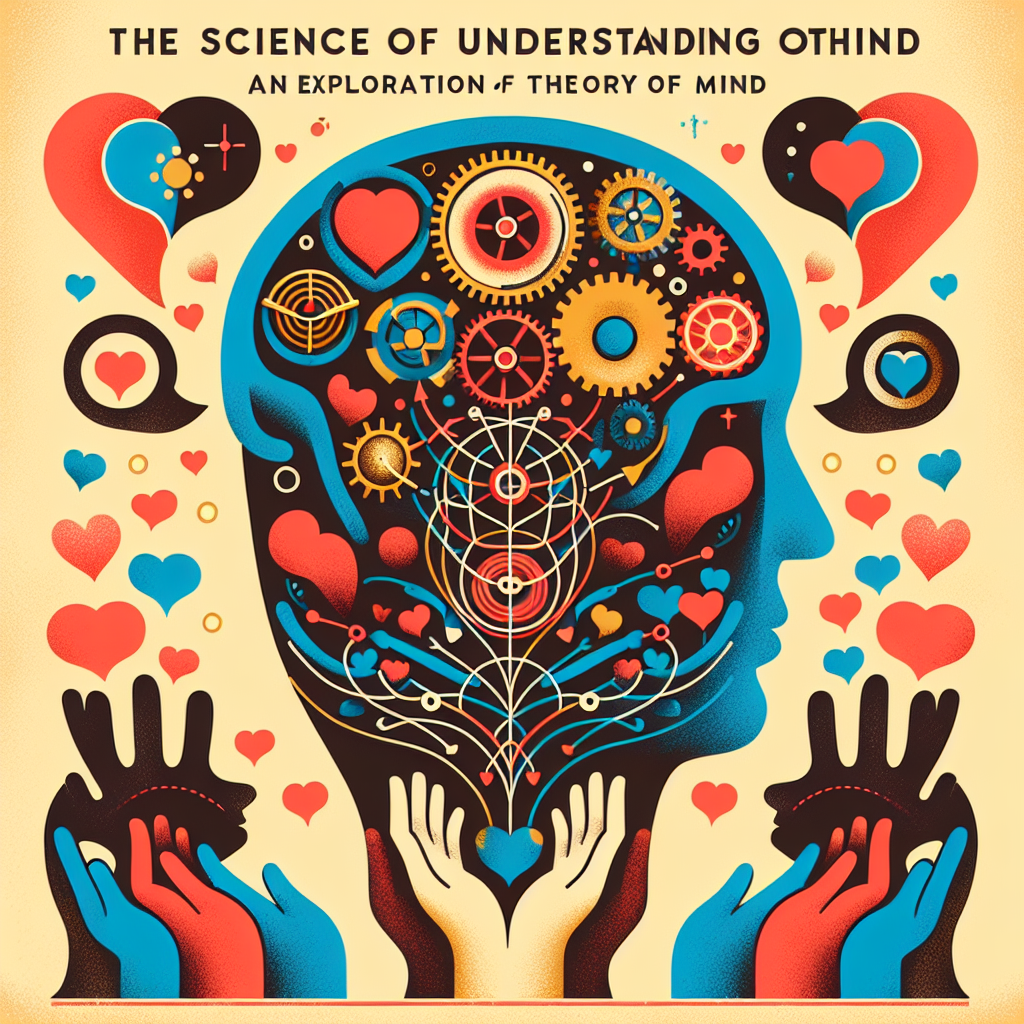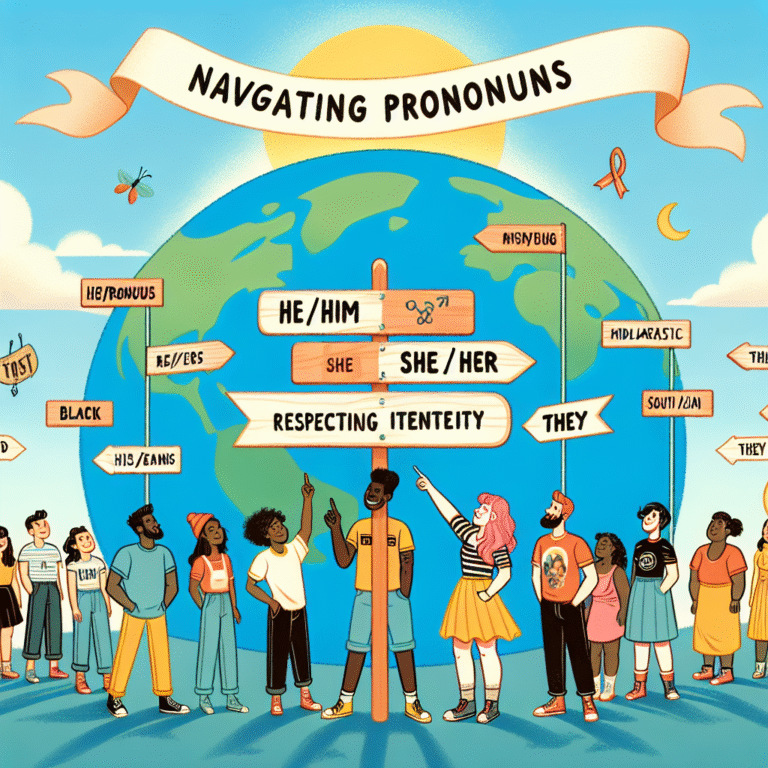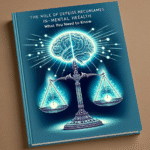
Introduction
Imagine walking into a busy café. As you sip your coffee, you observe a group of friends animatedly discussing something. One person is laughing while another looks puzzled. Intrigued, you find yourself guessing what’s happening in their conversation. This ability to interpret others’ feelings and thoughts is known as Theory of Mind—a fascinating psychological and neurological concept that helps us navigate our social world.
But why is understanding others so critical? Whether in personal relationships, workplace dynamics, or even global diplomacy, our ability to empathize shapes our connections. This article delves into The Science of Understanding Others: An Exploration of Theory of Mind, unraveling the cognitive, emotional, and social threads that connect us.
What is Theory of Mind?
At its core, Theory of Mind (ToM) refers to our capacity to attribute mental states—beliefs, intentions, desires, and emotions—to ourselves and to others. This understanding is what allows us to predict and interpret human behavior.
The Development of Theory of Mind
ToM doesn’t emerge overnight. Research indicates that children begin developing this ability in early childhood, around ages 2 to 5. The classic Sally-Anne Task, designed to assess ToM in children, illustrates this developmental stage effectively. The task involves two dolls, Sally and Anne, where Sally places a marble in a basket and leaves the room. Anne then moves the marble to a box. When asked where Sally will look for the marble upon her return, a child with developed ToM will correctly say "the basket," recognizing Sally’s belief, despite knowing the marble’s location.
Age and Theory of Mind
The evolution of ToM continues into adolescence. While younger children may struggle with false beliefs, teenagers often demonstrate advanced ToM, enabling them to navigate complex social hierarchies and understand nuanced emotional cues. As adults, our learned experiences contribute to refining this skill, allowing for improved empathy and connections.
The Cognitive Science Behind Theory of Mind
Neural Basis of Theory of Mind
Research in neuroscience has unveiled specific brain regions associated with Theory of Mind. Key areas include:
- Medial Prefrontal Cortex: Engaged while contemplating others’ thoughts.
- Temporo-Parietal Junction: Crucial for understanding beliefs and intentions.
- Posterior Superior Temporal Sulcus: Involved in processing eye gaze and body language, vital cues in social interaction.
This biological foundation underscores how deeply embedded Theory of Mind is within our cognitive architecture.
Measuring Theory of Mind
Scientists often employ psychological assessments to evaluate ToM abilities. For instance, the Reading the Mind in the Eyes Test requires participants to interpret emotions from photographs of eyes. These assessments can illuminate differences in interpersonal understanding among various groups, including those on the autism spectrum, who may experience challenges with ToM.
Case Studies in Theory of Mind
Case Study 1: Autism Spectrum Disorder
Individuals with Autism Spectrum Disorder (ASD) frequently exhibit difficulties in Theory of Mind. A notable study by Baron-Cohen et al. evaluated children with ASD using the Sally-Anne Task. Results indicated that many children with ASD struggle to predict others’ beliefs, showcasing the importance of ToM in social interactions.
Analysis: This example highlights how impairments in Theory of Mind can lead to misunderstandings and social isolation, emphasizing the necessity of developing ToM skills for better communication and relationships.
Case Study 2: Cross-Cultural Variability
A cross-cultural study conducted across Western and Eastern communities revealed variations in ToM development influenced by social practices. In collectivist cultures, community importance shaped children’s ToM, leading to more nuanced understandings of group dynamics.
Analysis: This case illustrates how cultural factors can influence our cognitive processing of others’ thoughts and feelings, offering insight into the social fabric of different societies.
Practical Applications of Theory of Mind
Understanding Theory of Mind extends beyond academics and research. It has profound implications in various fields:
1. Education
Educators can harness knowledge of ToM to foster empathetic classrooms. By integrating social-emotional learning (SEL) programs, teachers can help students develop essential interpersonal skills.
2. Mental Health
Therapists can utilize ToM insights to better understand their clients. Helping individuals articulate their thoughts and emotions can facilitate healing and deeper connections.
3. Workplace Dynamics
Effective leaders often possess high levels of ToM. In professional settings, understanding colleagues’ perspectives can enhance teamwork, reduce conflicts, and improve overall morale.
4. Conflict Resolution
In global politics, Theory of Mind can aid in negotiations. Recognizing varying beliefs and emotions can lead to more effective diplomacy and conflict resolution.
Strategies to Enhance Theory of Mind
Developing Theory of Mind is not merely a passive process; proactive strategies can enhance this skill. Here are some actionable insights:
1. Active Listening
Practicing active listening can boost your empathic abilities. Engage with others by nodding, and clarifying, and reflecting on their feelings.
2. Engaging with Literature
Reading fiction allows you to enter characters’ minds, honing your understanding of diverse perspectives and emotional states.
3. Observation
Pay attention to body language and facial expressions in social interactions. This non-verbal communication is rich with emotional information that can enrich your ToM.
4. Empathy Exercises
Engage in role-playing exercises where you act out scenarios from different perspectives. This practice can broaden your understanding of others’ feelings and viewpoints.
5. Mindfulness Practice
Mindfulness can enhance self-awareness, allowing you to better tune into others’ emotions. Feeling grounded helps you communicate more effectively.
Conclusion
Understanding others is pivotal for harmonious relationships and effective communication. The exploration of Theory of Mind illuminates the intricacies of human interactions and offers strategies to enhance our empathic capacities.
In a world that often feels divided, embracing The Science of Understanding Others: An Exploration of Theory of Mind is essential. By honing this skill, we can foster deeper connections and navigate our social landscape more effectively. Now, it’s time to take actionable steps to elevate your understanding of others and enrich your interpersonal relationships.
FAQs
1. What is Theory of Mind?
Theory of Mind refers to our ability to attribute mental states, such as beliefs and intentions, to ourselves and others, enabling the realization that others have different thoughts and feelings.
2. How does Theory of Mind develop?
ToM typically develops in children between ages 2 and 5, gradually evolving into adulthood based on experiences and social interactions.
3. Why is Theory of Mind important in social interactions?
ToM is crucial for effective communication, empathy, and understanding, allowing individuals to navigate complex social dynamics.
4. Can Theory of Mind be improved?
Yes, through techniques such as active listening, engaging with literature, and practicing empathy exercises, individuals can enhance their ToM skills.
5. What impact does Theory of Mind have in mental health?
Understanding others’ beliefs and emotions can aid therapists in providing better support for clients, fostering deeper connections and healing.
By generating awareness around The Science of Understanding Others: An Exploration of Theory of Mind, we create a foundation for fostering empathy, connection, and understanding in our diverse and interconnected world.


















